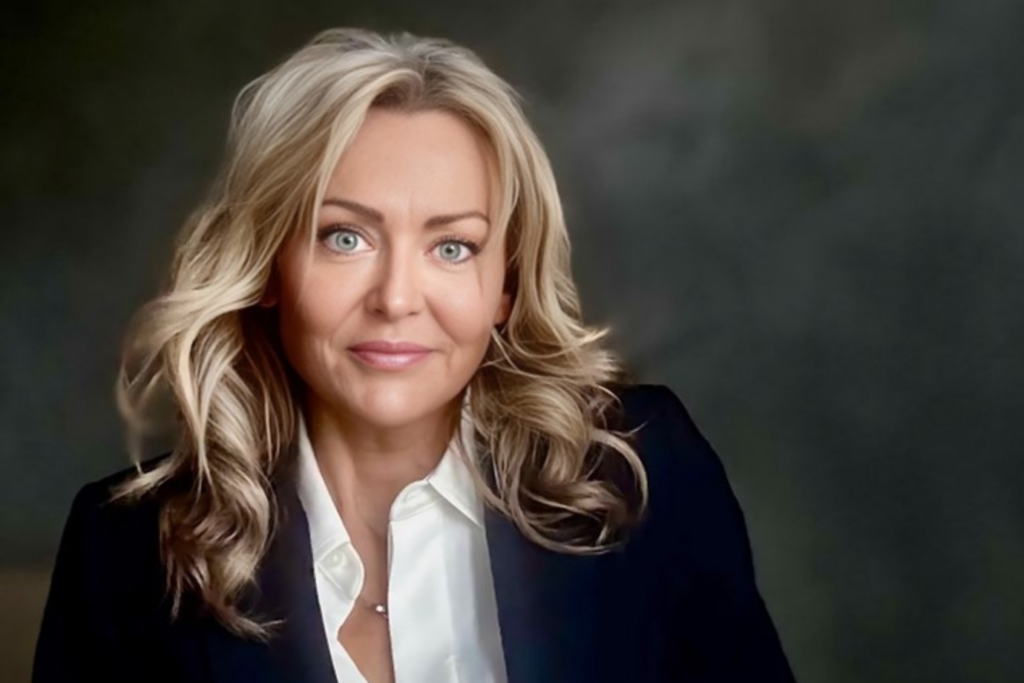Understanding both male and female perspectives in business isn’t just about fairness—it’s a game changer. The more I notice how often the default in society is male, the clearer it becomes that this goes beyond pay gaps and boardrooms. It’s everywhere and subtly influences how we perceive the world.
Take, for example, when my daughter came home from her Phys Ed theory class and pointed out something obvious yet often overlooked: all the anatomical posters in her classrooms depict the “default male.” From the broad chest to the narrower hips, everything is based on male physiology. It made me pause—how many girls absorb the message that “male” is the norm, even when it comes to their own bodies? But this mindset isn’t limited to classrooms.

At my gym, every instructional guide on the equipment also features male bodies. Not one female figure to be found. It’s subtle but constant. Over time, these little things add up, shaping how we see ourselves and fit into the world. And believe me, when my daughters notice this too, it becomes glaringly obvious that female representation is missing in so many places.
With divorce rates reinforcing our “different perspectives that need gender balancing” I know firsthand how being a single mother household comes with its own unique set of challenges, and safety is at the top of that list.
I use Airtasker for odd jobs, but there’s always this unease. Why can’t her husband do this? I imagine some potential serial killer thinking as he plots my doom. That’s why I actively seek female workers and list myself as “Jack D” and definitely no profile pic to set the scene for safety. Unfortunately, we know how many women face violence daily and if 91% of women have reported being cat called on Linked In I’m not taking chances from the backyard…
But this isn’t just about feeling safe—it’s also about who gets to shape how we view our health. Recently, there’s been a significant shift in medical research as women are finally being placed at the forefront of understanding their own bodies. For decades, medical studies primarily focused on male physiology, but now that women are in charge of examining their unique health needs, we’ve seen groundbreaking advancements in medicine. Diseases and conditions specific to women, once understudied or misunderstood, are finally getting the attention they deserve thanks to women like Dr Jayashari Kulkarni at Monash’s Her Centre. This is what happens when we allow women to take control of narratives that have long been dominated by male perspectives—suddenly, we unlock critical insights that benefit everyone.
Here’s the thing: my career has been built on seeing both perspectives, and I’ve faced resistance for it. When I speak about new perspectives around gender, I’ve had ex-colleagues troll me in an attempt to discredit my reputation. It’s disheartening that challenging the norm is still considered controversial. But if we don’t, how will change happen?
Thankfully, brands are catching on. Boob Armour is breaking ground protecting women’s breasts in sport and physically demanding work, brands such as SheWear with Founder Stacey head turning her lens on practical needs by catering to women in trades, and ModiBodi led the charge in Australia by revolutionising an entire product category for women. In the financial services industry there is Verve Super tailoring retirement savings products to women, recognising career breaks, the gender pay gap, and the desire for ethical investments. And Stella Insurance providing insurance products with features designed specifically for women, such as domestic violence coverage, and uses marketing that reflects women’s safety concerns and priorities.
These everyday examples—whether from classrooms, gyms, or the medical field—underscore why a gendered perspective is so important in business. Understanding both male and female experiences can help companies operate more effectively, innovate more boldly, create entirely new categories and connect with customers on a deeper level.
It’s not about ticking diversity boxes; it’s about making better business opportunities. Gender intelligence isn’t the sole responsibility or another HR initiative; it’s about realising that male and female perspectives, needs and b2b and b2c marketplaces are different but equally valuable. Seeing those differences can strengthen companies and foster richer customer relationships. When categories and businesses grasp this, they unlock a whole new level of creativity and innovation.

